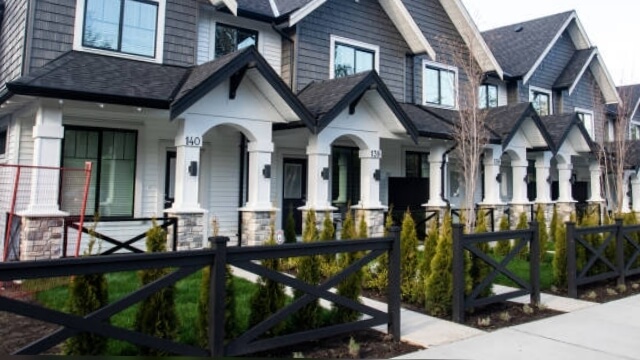With the housing crisis in full swing, the California Senate voted with a final count of 28 to 6 to approve SB 9. SB 9 is one of many bills the state Senate and assembly have proposed in order to address the housing shortage in the state. The bill was authored by Senator Atkins and presented on December 7th 2020 and has since moved through all the committees before being passed by the Senate. It will now move to the state Assembly where if it is passed, it will then be sent to Governor Newsom to be signed into law.

In 2020, the Senate attempted to address the housing crisis with SB 50 which was a much more ambitious bill than SB 9. In 2021, it looks like Atkins and her bill coauthors learned a lesson from the failure of SB 50 and are now attempting to pass smaller bills containing some elements of SB 50. SB 9 is one of those bills and if it were to pass, it would go a long way for property owners and landlords to maximize their income.
If SB 9 passes in the state Assembly and is signed into law, owners of single family homes throughout California would be given a lot more freedom to build more housing on their property. The law would allow for property owners to build a duplex on a single family lot. It would also give the option to split a single family lot into two different lots and build up to two duplexes. The final version of SB 9 to pass the Senate doesn’t allow for accessory dwelling units or junior accessory dwellings units to be built in addition to a duplex. There was a concern that with the new ADU laws, a single family lot could then be turned into two lots with a total of six housing units per lot.
In order to be eligible for the changes in SB 9, a property would need to be in an urban center or urban cluster as defined by the United States Census. It can’t be located in any of the following:
- A hazardous waste area
- Land within the 100-year floodplain or a flood-way
- Habitat for protected Species
- Prime farmland or farmland of statewide importance
- A historic district or property included on the State Historic Resources Inventory.
- Wetlands
- Fire hazard zone (Unless development complies with mitigation codes)
- A site that is designated or listed as a county or city historic property, landmark, or district.
Passing housing legislation that increases density and removes red tape is a slog in California, and there is no guarantee the bill will pass the state Assembly and become law. With the passage of the ADU laws that helped remove red tape and unnecessary fees, there is some hope that the tides are turning in favor of housing development on both a large and small scale. If the law is passed, look for a surge in approved permits for duplexes similar to the increase in the number of ADUs.
SB 9 is very similar to SB 1120 which failed to pass because of time constraints but was able to make it through both houses of the legislature. If the bill does pass, landlords and homeowners who might consider developing additional units on their land could start planning for when the law comes into effect. As with anything, there will be a learning curve, but with housing in high demand, getting more rental units built as early as possible will help generate more revenue while also having an easier time with [tenant placement](https://www.ziprent.com/tenant-placement).
